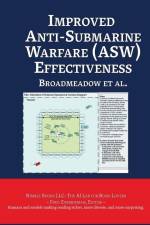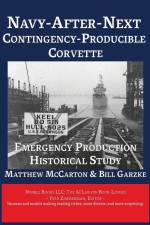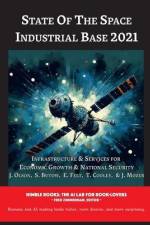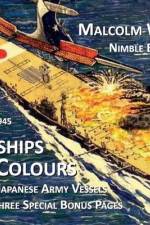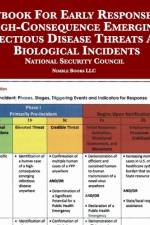av Federal Bureau Of Investigation
1 205,-
The most recent version of this crucial document, obtained via FOIA with redactions in 2023. Three volumes in original form, reprinted here as a single jumbo volume.AI summary:The Domestic Investigations and Operations Guide is a comprehensive resource for FBI personnel to ensure that they conduct investigations and operations in a manner that upholds constitutional principles, protects civil liberties and privacy, and complies with all applicable laws, rules, and regulations. The document contains guidelines for conducting investigations, both administrative and investigative, from the beginning of the investigation until it is assigned to another person or the case-related activity requirements end. The guide emphasizes the importance of creating and maintaining authentic, reliable, and trustworthy records, establishing files, setting leads, supervising investigations, indexing documents, and retaining and sharing information. The guidelines for these tasks are specified in DIOG Section 14 and Appendix J.The guide also highlights the importance of seeking federal prosecution rather than state/local prosecution, as this protects the FBI's resources and interests. When discussing investigations with the United States Attorney's Office (USAO), investigators must accurately represent the time and effort spent on an investigation. Additionally, the guide outlines the roles and responsibilities of various individuals within the FBI, including the Director, Deputy Director, special agents, task force officers, and contractors. These individuals are expected to obtain training on the DIOG standards relevant to their position, ensure that all investigative activity complies with legal and policy requirements, protect civil liberties and privacy, and report any non-compliance concerns to the proper authority.One of the key tasks mentioned in the document is indexing information in documents. If assigned responsibility for an investigation, the investigator must index information in documents according to current guidance found in DIOG Appendix J, the Sentinel homepage, and the 1M Intranet site. The guide also emphasizes the importance of obtaining appropriate supervisory approval for investigative activity and ensuring that FBI records accurately attribute information to its originator. Overall, the Domestic Investigations and Operations Guide serves as a comprehensive resource for FBI personnel to ensure that they conduct investigations and operations in a manner that upholds constitutional principles, protects civil liberties and privacy, and complies with all applicable laws, rules, and regulations.This book is annotated by Nimble AI and includes a Foreword by Cincinnatus [AI] ; a variety of pithy, opinionated abstracts including scientific style, tldr, tldr one word, Explain It to Me Like I'm Five Years Old, and Action Items; tools for viewpoint diversity such as Dissents, Red Team Critiques, and MAGA Perspectives; a recursive summary with synopsis; and interior art by artist herb.loc['AI']



